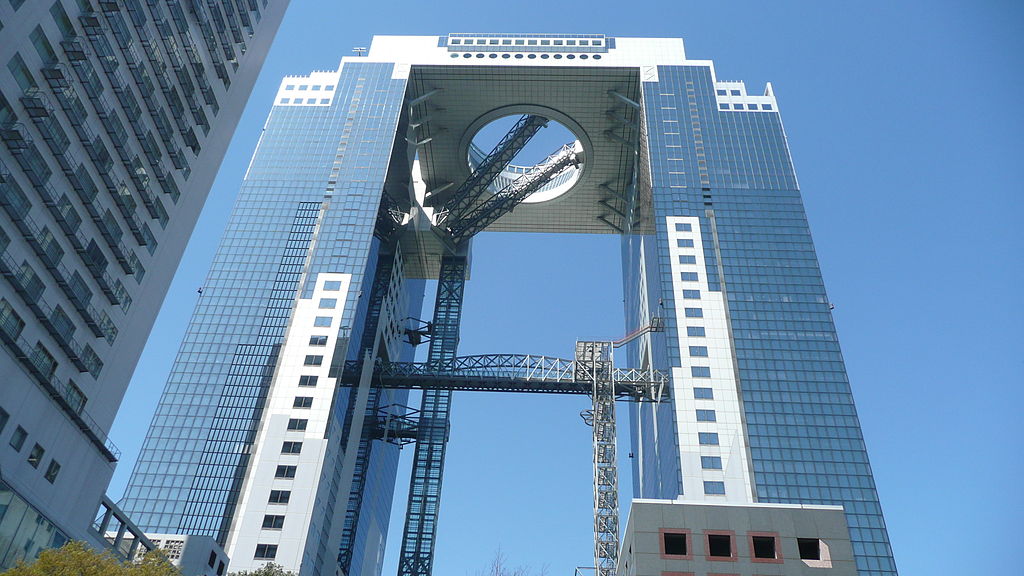Jan 23, 2017
Land of the Rising Sun is No Mere Slogan

The “Land of the Rising Sun” is not just a catchy marketing slogan drummed up by the Japan tourism bureau. In fact the slogan is not even of Japanese origin, but Chinese. Centuries ago the Chinese began referring to the Japanese islands as the place where the sun comes from. The Japanese historically referred to their own land as “Nippon” – the “source of the sun.”
Japanese sunrises are legendary for their beauty and the people hold the sun in special reverence. Tradition holds that Toshigami, the god bearing good luck, arrives with the first sunrise of the New Year so that is always a popular one to catch, especially if you haven’t yet gone home from the evening before. The custom started in the Meiji period (from 1868 to 1912), encouraged by the Emperor.
There are plenty of legendary spots to watch a Japanese sunrise. Mt. Moiwa in Sapporo, Mt. Takao in Tokyo, Mt. Misen in Hiroshima. At Lake Yamanaka during the year you can watch the sun rise over Mt. Fuji and experience what is known as “Diamond Fuji.” If the winds are still and the sky cloudless you may even see a reflection of the phenomenon in the waters of the lake called “Double Diamond Fuji.” In Kyoto, Kiyomizu-dera temple is a popular spot to experience the sun rise with the 1230-year old temple framed in the widening daylight. Another is the Buddhist temple of Yoshimine-dera built in 1029 in the western hills so you can watch the first rays of light creep over the city.
A more modern perch for watching the sun rise is in Osaka at the Umeda Sky Building Floating Garden Observatory. The Umeda Sky Building was raised in 1993, two identical 40-story glass-and-steel towers that are connected across the uppermost stories so the skyscraper is one of the most instantly recognized landmarks in the city even though many structures are taller.
The Observatory is an open-air platform that affords 360-degree views across Osaka. The trip up on a special elevator encased in a see-through tube is just about worth the price of admission – and there is a fee to visit the Floating Garden (although you can ride up to the 39th floor for free). You can take in one of Japan’s best views from the indoor lounges or embrace a rare opportunity to walk outside at 40 stories in the air. Yes, it is breezy up there.
The sun makes its first appearance over the Ikoma mountains and then bathes the city’s skyscrapers in ranges and reds as light spreads out before you. For “Hatshinode,” as the first sunrise of the year is known, the observatory opens at 5:00 a.m with the sun taking the stage sometime around 7:00 a.m.
When the Umeda Sky Building Floating Garden Observatory is not open early enough to meet the sunrise, you can arrive in the evening and snare a sunset – access to the facility is usually open until 10:00 p.m. And the Umeda Sky Building itself makes a dramatic subject when caught in a photo of a sunrise rather than standing atop it.
Photo by Brücke-Osteuropa (Own work) [CC0], via Wikimedia Commons


About the author